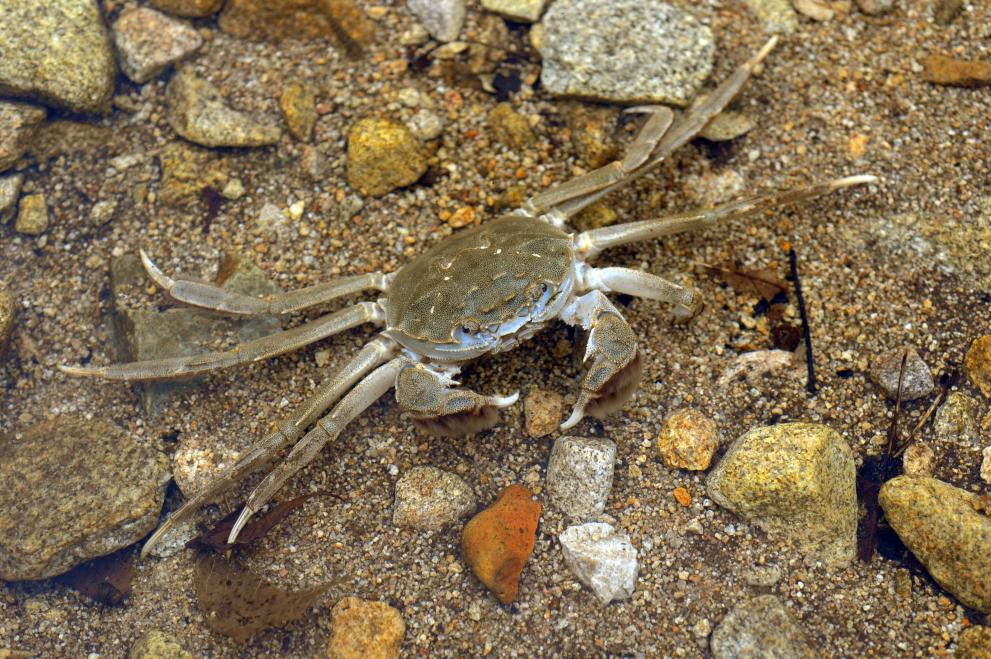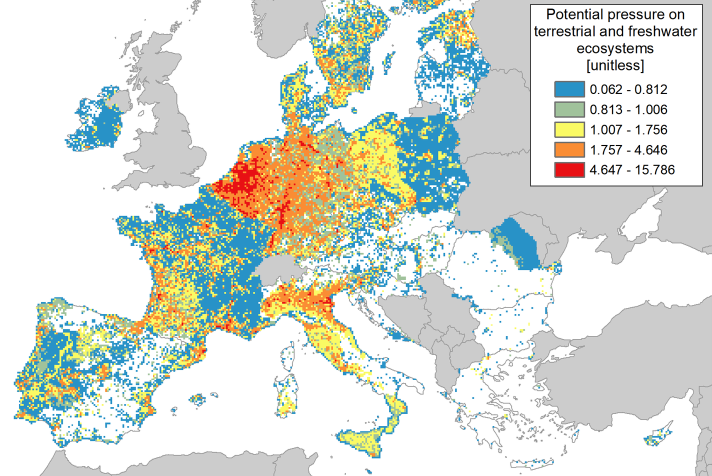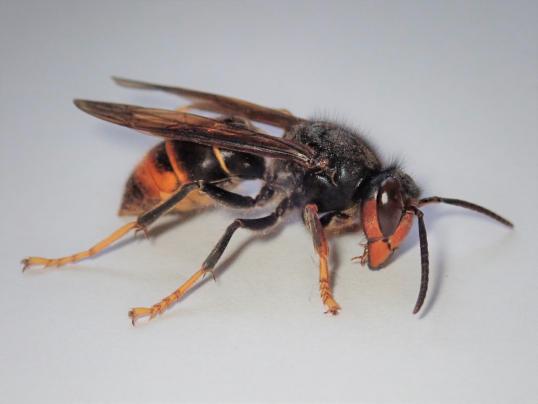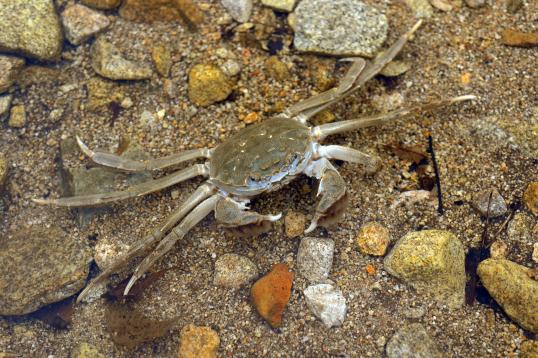
A new Joint Research Centre (JRC) study reports the incidence, and estimates the potential pressure by invasive alien species (IAS), included in the list of Union concern by 2019, on terrestrial and freshwater ecosystems across the EU. These organisms are a major threat to native biodiversity and ecosystems functioning, and can affect negatively human health and the economy. The invaded extent of urban, freshwater, forest and woodland ecosystems in Europe is, nearly 68%, 52%, and 44%, respectively, whereas the average potential pressure of IAS was greater across cropland and forests. The study found a disproportionally greater invasion in the Atlantic region, followed by Continental and Mediterranean regions, possibly related to historical patterns of first IAS introductions.
Protecting nature against invasive alien species
IAS constitute one of the main drivers of biodiversity loss globally, and have negative impacts on various ecosystems functions, such as life cycle maintenance, food provision and recreation.
The JRC analysed the results obtained from a spatial indicator accounting for the number of IAS present in an area and the extent of the ecosystems affected, and identified the patterns of invasion in the different biogeographical regions. According to the analysis, a substantial extent of EU key ecosystems are invaded by IAS of Union concern, including cropland, which also withstand the highest potential pressure across the EU. The new study complements the JRC baseline distributions of IAS of Union concern to assist the prioritization of IAS monitoring and the planning of relevant measures to protect terrestrial and freshwater ecosystems, supporting a more efficient restoration of affected ecosystems, and ensuring socio economic benefits.
European Alien Species Information Network
The indicator computed and the IAS of Union concern baseline distribution avail of data collected by the JRC European Alien Species Information Network (EASIN), regularly updated in collaboration with a wide network of data partners, which include MS competent authorities in charge of the implementation of the IAS Regulation. These assessments repeated over time, based on data updates, can be used to derive trends and monitor progress towards policies objectives achievements such as nature restoration targets or IAS regulation requirements.
Invasive alien species of Union concern, baseline distributions
The list of IAS of Union concern currently comprises 88 species, 47 animal and 41 plants. The last update made in 2022 added 22 IAS to the list, and their baseline distribution is available from the recently published JRC science for policy report. The most common primary pathway of introduction in the EU is through the escape from confinement, mostly related to introduction for ornamental and pet/aquarium/terrarium purposes.
Impact of IAS on food systems
IAS can have an impact on food systems. It is the case, for example, of Vespa velutina nigrithorax (Buysson, 1905), a terrestrial insect commonly known as the yellow-legged hornet or Asian hornet, accidentally introduced in Europe from Asia. First introduced in southwestern France in 2004, it has spread rapidly in Spain and other EU Member States such as Belgium, Germany, Italy, the Netherlands and Portugal. Other than a threat to European biodiversity, the species has an impact on food production, through impact on pollination. Vespa velutina nigrithorax’s dietary preference for honeybees has an impact on pollinator-dependent crops.
It is also the case of Eriocheir sinensis H. Milne Edwards, 1853, known to cause several negative impacts including on commercial and recreational fishing and aquaculture. Commonly known as Chinese mitten crab, it lives in freshwater and mildly salty water. It is omnivorous and non-discriminatory in its diet, affecting other species through competition for food and habitat. The first introduction in Europe dates back to 1912 in Germany, and currently it is established in most EU countries. The species has been introduced concurrently via three main pathways, namely aquarium trade, use as live food or bait, and ballast water.
Details
- Publication date
- 22 May 2023
- Author
- Joint Research Centre
- JRC portfolios







